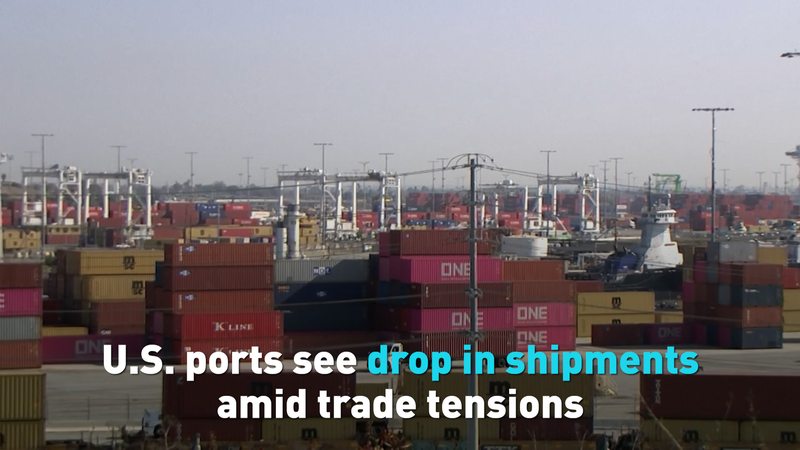This year, the ten largest ports in the U.S. have experienced a sharp decline in container volume, marking one of the biggest slowdowns in recent decades. Industry sources point to tariffs imposed by the Trump administration on key trading partners, particularly the Chinese mainland, as a major drag on shipments.
At major gateways like the Port of Los Angeles and Long Beach, double-digit drops in container traffic have rippled through supply chains, affecting everything from smartphones and apparel to auto parts. For entrepreneurs and tech startups that depend on just-in-time delivery, delays and extra fees are testing lean operating models.
Although a recent round of negotiations with Beijing led to a partial rollback of some duties, uncertainty still clouds the outlook. Market analysts warn that without a clear path to a comprehensive deal, companies may continue to diversify shipping routes, boost nearshoring, or slow expansion plans.
Consumers and digital nomads are feeling the effects too. Online orders are taking longer to arrive, and global e-commerce platforms are adjusting delivery estimates. Thought leaders say this is a wake-up call for sustainable supply chain strategies that can weather geopolitical storms.
As the world watches trade talks unfold, U.S. ports stand at the crossroads of global commerce. Their next move could reshape how goods flow across borders and influence the future of international trade.
Reference(s):
cgtn.com




